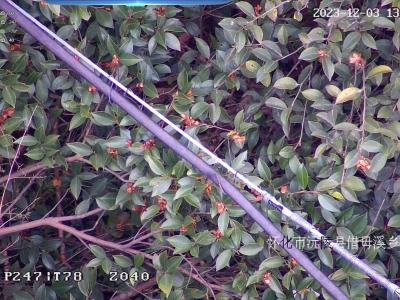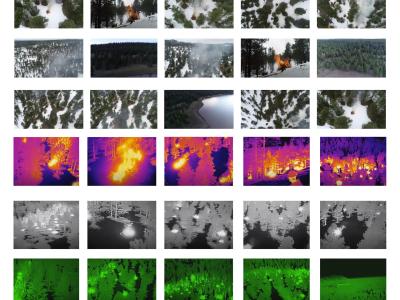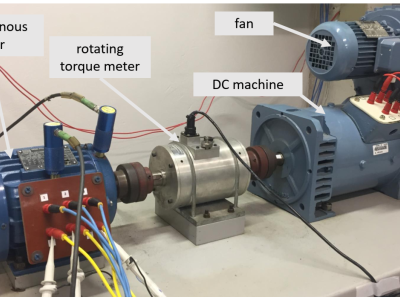PLD

- Citation Author(s):
-
Xuguang Yuan (School of Design, Hunan University)
- Submitted by:
- Xuguang Yuan
- Last updated:
- DOI:
- 10.21227/b025-8828
- Data Format:
- Research Article Link:
- Links:
 60 views
60 views
- Categories:
- Keywords:
Abstract
We created two high-quality point label segmentation datasets, as shown on the left side of Figure 1, WD with a camera magnification of 3 and PLD with a magnification of 40, respectively. The WD is a focal magnification of 3 times, which is a larger field of view consisting of thinner wires, which may be power lines, fiber optic cables, steel wire pulling cables, etc. The PLD is a magnification to a maximum focal length of 40 times, which consists of high-voltage power lines or fiber optic cables with distinctive features. Both PLM and PLL control the camera above the tower through the interface of the Vision Link platform to capture the original image, and then use Labelme to Labeling. For the sake of confidentiality agreement, we have mosaicked the parts of the images below where real names appear.
Instructions:
We created two high-quality point label segmentation datasets, as shown on the left side of Figure 1, WD with a camera magnification of 3 and PLD with a magnification of 40, respectively. The WD is a focal magnification of 3 times, which is a larger field of view consisting of thinner wires, which may be power lines, fiber optic cables, steel wire pulling cables, etc. The PLD is a magnification to a maximum focal length of 40 times, which consists of high-voltage power lines or fiber optic cables with distinctive features. Both PLM and PLL control the camera above the tower through the interface of the Vision Link platform to capture the original image, and then use Labelme to Labeling. For the sake of confidentiality agreement, we have mosaicked the parts of the images below where real names appear.
The data capture process is complex and involves several steps, including filtering free online cameras, searching through the console, and manually adjusting the camera to zoom in by 3x and rotate to locate a target resembling a wire. Once the target was identified, the camera was zoomed in further to 40x to verify whether the object was a power line or fiber optic cable, followed by another image capture. The experience gained from this process led to the development of a two-stage detection framework and algorithm. However, challenges such as power lines being buried underground, obstructed by vegetation or pylons, along with high camera control latency and low sensitivity, resulted in limited raw image capture. The final selected datasets, PLM and PLL, each contain 1,000 images with a resolution of 2560×1440.
The dataset is divided into training, validation, and test sets with an 8:1:1 ratio, consisting of 800 images in the training set and 100 images each in the validation and test sets. To enhance the model's generalization ability, data augmentation is applied in batches, including random rotation, panning, flipping, and brightness adjustment. The augmented training and validation sets each contain 9,000 images, resulting in a total dataset size of 20 GB. To accelerate YOLOv8 training, the images were compressed using the Image module of the PIL library while maintaining clear and distinct power line features. The compressed dataset is 5.1GB for WD and 2.9GB for PLD.







